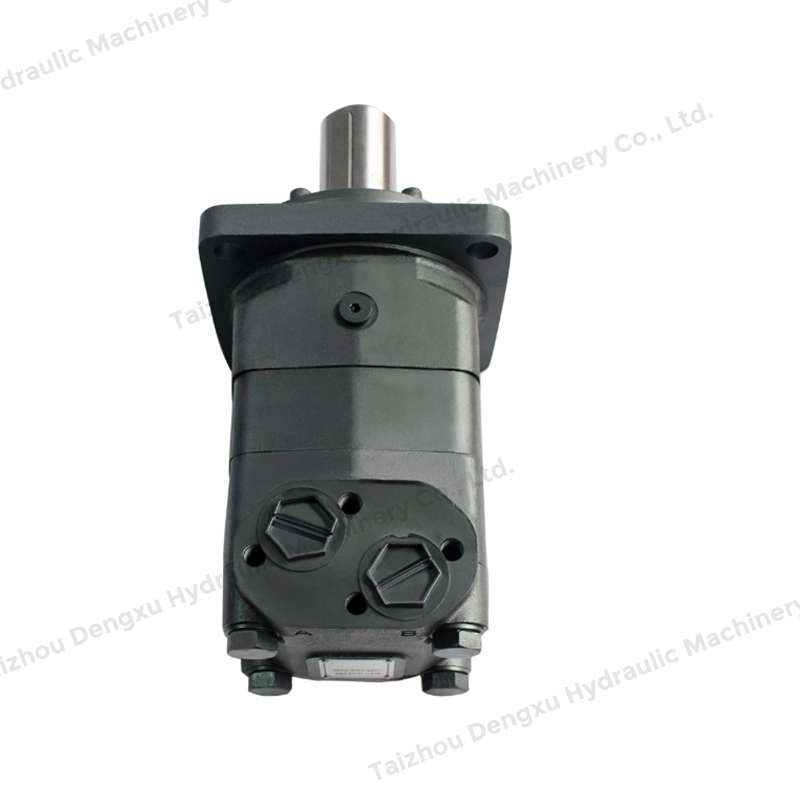Hydraulic vane pumps factory are widely used in various industries due to their reliable performance, smooth operation, and versatility. As an essential component of many hydraulic systems, they convert mechanical energy into hydraulic energy, powering equipment ranging from industrial machinery to mobile equipment. Selecting the right hydraulic vane pump involves understanding key parameters and matching the pump's features with system requirements.

Vane pumps are favored for their moderate pressure capabilities, good volumetric efficiency, and ability to handle varying operating speeds. They are commonly used in manufacturing, automotive systems, agricultural machinery, and more.
The flow rate, measured in liters per minute (L/min) or gallons per minute (GPM), is fundamental in pump selection. It determines the volume of fluid the pump must move to meet the hydraulic system's demands. Underestimating flow rate can result in insufficient system performance, while oversizing may inefficiency and increased costs.
Understanding the required flow rate for the specific application ensures the pump can supply adequate fluid without overworking.
Hydraulic vane pumps are generally suitable for medium pressure ranges, often up to 210 bar (around 3000 psi). Selecting a pump with the appropriate pressure rating is critical to avoid premature wear or failure. Operating a pump beyond its rated pressure can cause damage, reduce lifespan, and compromise system safety.
Ensure the pump's operating pressure matches or exceeds the system's working pressure.
Hydraulic systems use different types of fluids, including mineral oils, synthetic fluids, and water-based solutions. The pump's materials and seals must be compatible with the chosen fluid to prevent corrosion, swelling, or degradation.
Confirming fluid compatibility helps maintain pump integrity and performance over time.
Vane pumps can operate efficiently across a range of speeds, but each model has an operating speed for efficiency and longevity. The speed, often expressed in revolutions per minute (RPM), affects the pump's flow and pressure.
Selecting a pump designed for the expected operating speed prevents issues such as cavitation, overheating, or excessive wear.
Hydraulic vane pumps come in fixed and variable displacement types:
Fixed Displacement: Delivers a constant flow rate proportional to speed, suitable for simple, constant-demand applications.
Variable Displacement: Allows adjustment of flow rate, offering greater control and energy efficiency, ideal for systems with fluctuating demands.
Choosing the right displacement type aligns pump performance with application needs and energy usage goals.
In environments where noise reduction is important, the quiet operation of vane pumps is a benefit. However, some models are designed with additional noise dampening features. Evaluating the pump's noise rating can be important for indoor or sensitive applications.
Additional Considerations
Mounting and Size
The pump's physical dimensions and mounting configuration must fit the available space and mechanical setup. Standard mounting options simplify integration and maintenance.
Maintenance and Serviceability
Pumps designed for easy access to components reduce downtime during maintenance. Availability of spare parts and support services are important factors in long-term operation.
Efficiency and Energy Consumption
Selecting a pump with high volumetric and mechanical efficiency reduces energy costs and heat generation, contributing to overall system sustainability.
Common Applications of Hydraulic Vane Pumps
Industrial presses and machinery
Automotive power steering systems
Agricultural equipment
Material handling machinery
Mobile hydraulic systems such as forklifts and cranes
Their adaptability makes vane pumps a popular choice across many sectors.

 Search
Search
